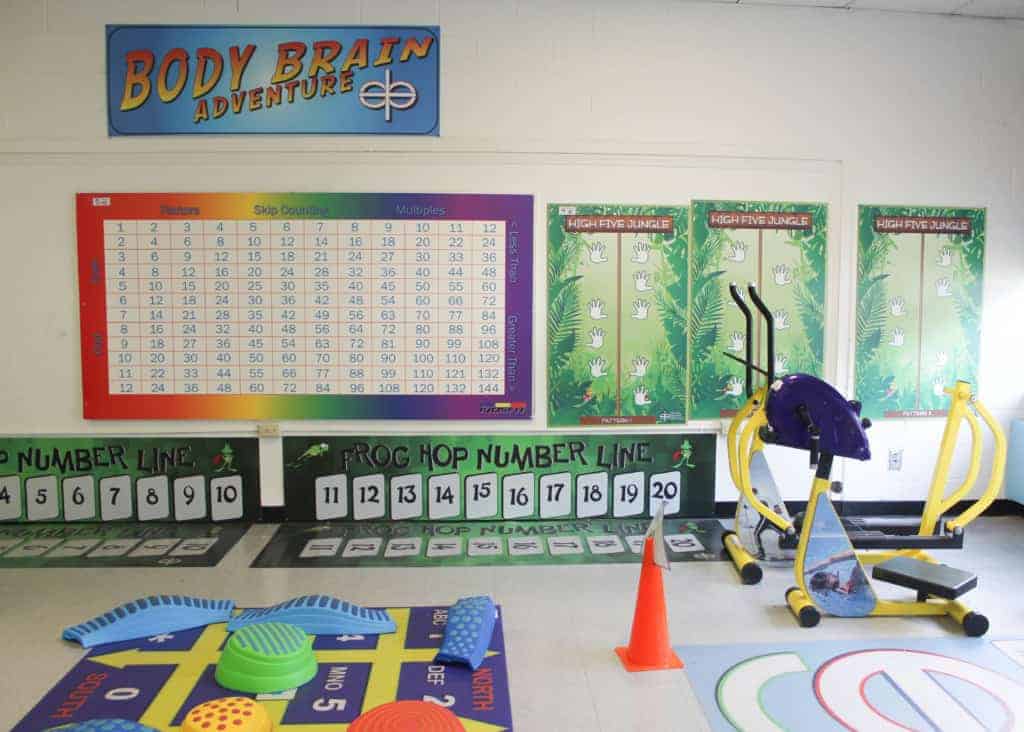Dr. Eric Cunningham: Superintendent Implements Action Based Learning into Halifax County Schools, NC
How action based learning is helping Halifax heal
Article by Yasmin Bendaas, EdNC
It’s 1 p.m. on a Tuesday at Hollister Elementary Leadership Academy in Halifax County. Most students are in their seats for class, except for one group of third graders who are in the “Neuronasium” for their period of Action Based Learning (ABL). In teams of two, the students boisterously participate in activity stations like “gator bay” and “spin balance.” Giant posters of numbers and the alphabet are plastered along one wall, with various exercise machines, toss games, and yoga mats throughout the classroom.
“I am over the moon about this program, plus the lab is beautiful,” said Principal Amy Boyette.

The Action Based Learning Lab is in its premier year at Hollister, but the lab’s philosophy isn’t particularly novel: kids learn better when they’re active.
“You’re utilizing your brain in a different way. Instead of being stuck at a desk all day and all hunched together … These students have the opportunity to move around just like they would anywhere else,” said Megan Lewis, ABL teacher.

Looking around the learning lab, you see a lot of activity: jumping, spinning, running, frog hopping, and holding yoga poses. But you also see collaboration between students, such as counting down an exercise or reading instructions together.
“We can look at the alphabet, we can look at numbers, we can talk about science or social studies, we can read, we can practice sightwords, flashcards — and we are moving at the same time,” Lewis explained.

Based on brain science, the lab serves not only as an outlet to learn, but to heal. “Halifax is historically a low-performing district, so it has a lot of needs, and we also have a lot of children that come from homes that are traditionally suffering from the effects of poverty,” Boyette said. “The goal of this program is to bring the connection between curriculum and trauma … together in order to complete the whole child.”
Boyette also recognizes the need for curriculum for students who are below proficiency levels.
“What we do traditionally is we design curriculum for kids who can. And in Halifax County when you’re at 36 percent proficiency overall, we have an inverted triangle,” Boyette said. “We have more kids who can’t, and so we have to build our curriculum around kids who can’t — yet. This was really interesting to us because for so long we’ve been focused on curriculum that was written for kids who are not behind.”

As principal, and someone who doesn’t believe in a “magic bullet,” Boyette finds herself usually skeptical as an educator. But for her, Action Based Learning clicked.
“It’s always interesting when someone asks the question of the correlation between brain-based science and student performance, and I guess the easiest way to describe that is if you imagine that you’re driving in a car and along comes a huge storm,” Boyette said. “The first thing you do is you turn down the radio so that you can concentrate better. And if you think about it in that context, there is a direct correlation between your brain and your senses and your ability to process information.”

Her team received ABL training in South Carolina, and the school is already seeing results. Lewis said she has students who attend ABL in the mornings and afternoons, and for those students in particular, their behavior has changed dramatically since last year.
“Just in that short amount of time, it’s amazing how much the children have grown behaviorally,” Lewis said. “And I’m hoping that will further abound to academic behavior as well.”

For the students, ABL now extends outside of the Neuronasium, with teachers leading students in brief exercises or standing stretches before seated exams. Boyette is interested in seeing how the implementation of ABL throughout the school day will impact student reading and test scores over the next year.
“What we learned is that the brain can be healed. If you work on those aspects of the brain to get them functioning better, kids can learn better,” Boyette said. “ABL encompasses the idea of bringing the learning to the kids in the way that they need it most.”
This is just the beginning for EdAmbassadors. In our first year, we hope to continue to develop and explore how to involve all teachers around North Carolina. If you are interested in joining the conversation and becoming part of the effort, visit edAmbassadors website.
Video Interviews: A Special Thanks to our Champion Educators at Halifax








